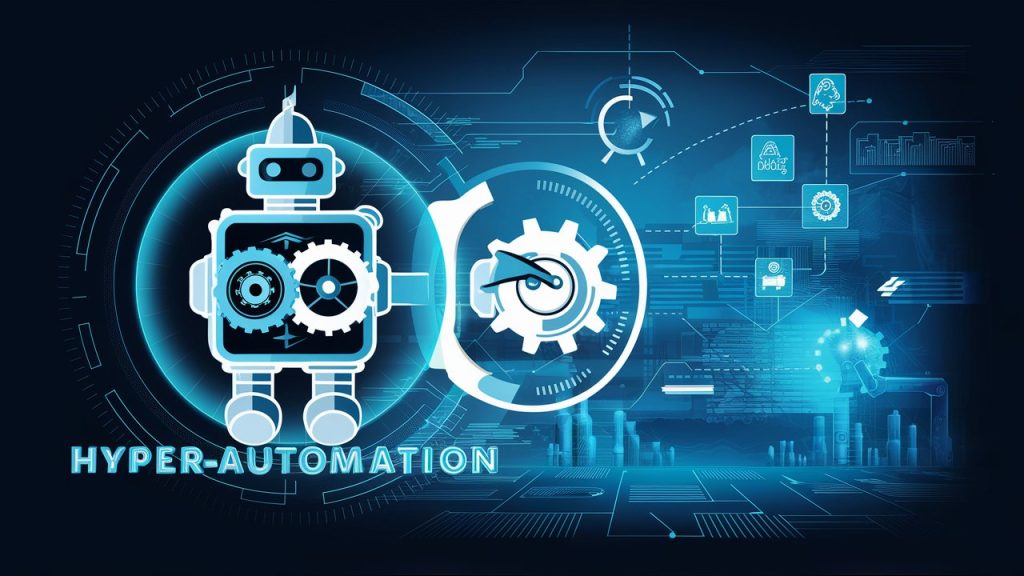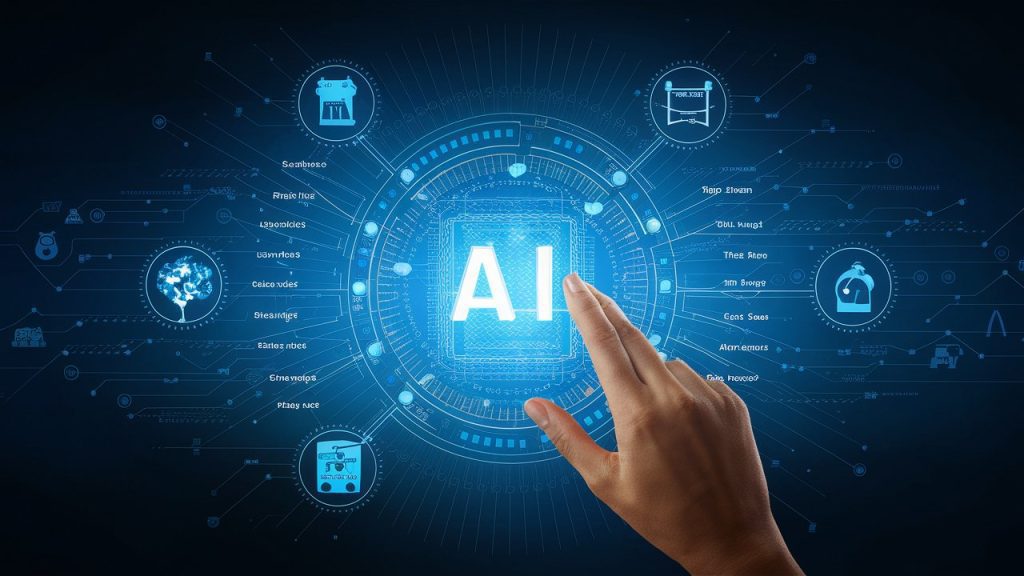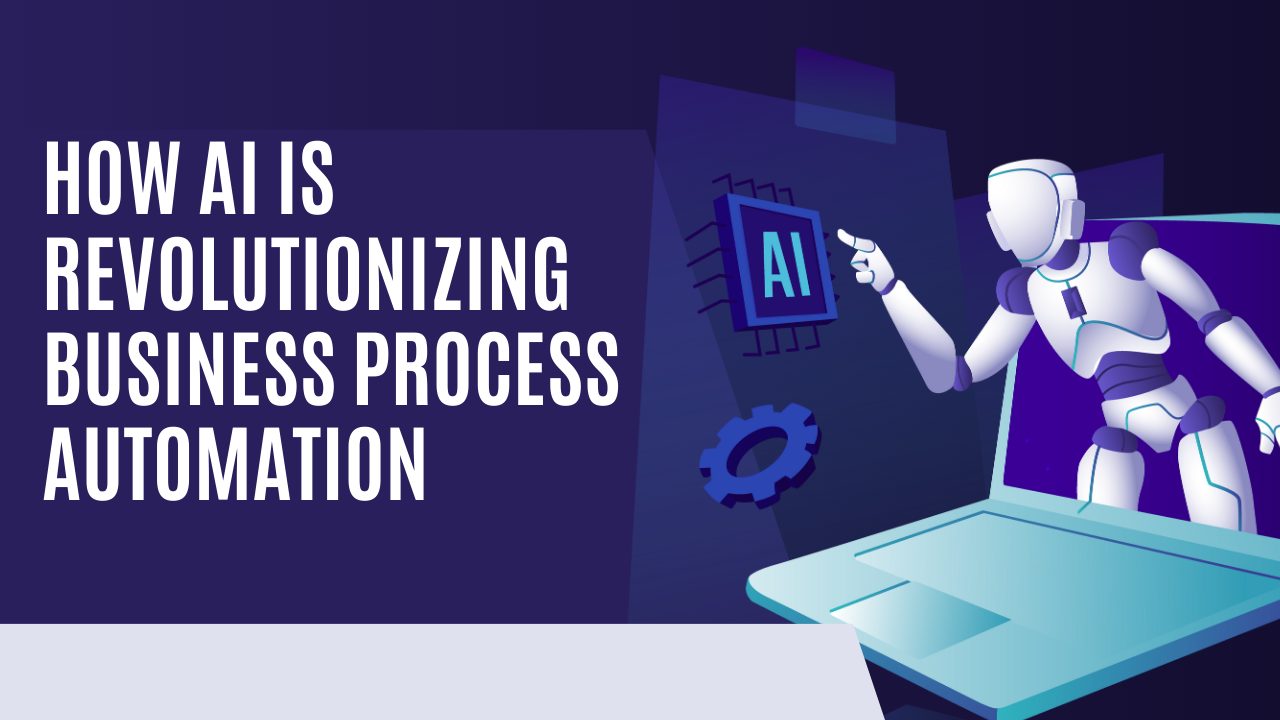In today’s technology-driven world, how AI is revolutionizing business process automation is a topic of immense relevance. Businesses constantly seek innovative ways to streamline operations, reduce costs, and enhance efficiency. Business Process Automation (BPA) has been a cornerstone of operational improvement, but with the integration of Artificial Intelligence (AI), it has entered a transformative phase. AI adds intelligence to automation, enabling systems to analyze data, make decisions, and adapt in real-time. This article delves into the profound impact of AI on BPA and explores how businesses can leverage this synergy for sustainable growth. Explore more about our company on [our homepage].
Business Process Automation and Its Significance

Business Process Automation refers to the use of technology to automate repetitive, manual tasks within an organization. From data entry to workflow approvals, BPA minimizes human intervention in routine processes, leading to significant time and cost savings. Its significance lies in its ability to enhance productivity, reduce errors, and enable employees to focus on high-value tasks.
In industries like manufacturing, finance, and healthcare, BPA has been instrumental in streamlining operations. However, traditional BPA solutions often lack the capability to handle complex tasks or adapt to changing conditions. This is where AI comes in, elevating BPA to a new level of sophistication. By combining automation with intelligence, businesses can achieve unprecedented levels of efficiency and innovation.
How Artificial Intelligence is Changing BPA

Artificial Intelligence brings several game-changing capabilities to BPA. Unlike traditional automation, which follows predefined rules, AI-driven BPA can learn from data, identify patterns, and make decisions. This makes it possible to automate tasks that were previously too complex for conventional systems.
For example, AI can process unstructured data, such as emails or customer inquiries, and route them to the appropriate department. In customer service, AI-powered chatbots handle queries efficiently while learning from each interaction to improve over time. Furthermore, AI enhances predictive analytics, enabling businesses to foresee potential issues and take proactive measures. This adaptability ensures that processes remain efficient and relevant in dynamic environments. Dive deeper into our [blog posts] for in-depth insights and examples.
Benefits of AI-Driven BPA

The integration of AI into BPA offers numerous benefits that extend beyond traditional automation. One of the most significant advantages is enhanced decision-making. AI can analyze vast amounts of data quickly, providing actionable insights that help businesses make informed decisions.
Another key benefit is scalability. As organizations grow, their processes become more complex. AI-driven BPA can scale effortlessly, handling increased workloads without compromising efficiency. Additionally, AI enhances customer experiences by personalizing interactions and ensuring prompt service. This leads to higher customer satisfaction and loyalty, which are critical for long-term success.
AI also contributes to cost savings by identifying inefficiencies and optimizing resource allocation. For example, in supply chain management, AI algorithms can predict demand fluctuations and adjust inventory levels accordingly. This reduces waste and ensures that resources are utilized effectively.
Trends in A and BPA

The convergence of AI and BPA is giving rise to several trends that are shaping the future of automation. One prominent trend is the adoption of Robotic Process Automation (RPA) combined with AI capabilities. This combination, known as Intelligent Process Automation (IPA), allows businesses to automate more complex workflows and achieve higher levels of accuracy.
Another trend is the use of natural language processing (NLP) in automation. NLP enables systems to understand and interpret human language, making it possible to automate tasks like sentiment analysis and document classification. Additionally, AI-driven BPA is increasingly being integrated with Internet of Things (IoT) devices, enabling real-time data collection and analysis for improved decision-making.
Implementing AI-Driven BPA

Implementing AI-driven BPA requires a strategic approach. Businesses must first identify processes that are suitable for automation and evaluate their potential for improvement through AI. This involves analyzing existing workflows, identifying pain points, and prioritizing tasks based on their complexity and impact.
Once suitable processes are identified, the next step is to select the right AI tools and platforms. Businesses should opt for solutions that align with their specific needs and offer scalability. Integration with existing systems is also crucial to ensure a seamless transition.
Employee training and change management are essential for successful implementation. Employees must understand the benefits of AI-driven BPA and be equipped with the skills to work alongside automated systems. Finally, continuous monitoring and optimization are necessary to ensure that the automated processes remain efficient and aligned with business objectives.
Conclusion
How AI is revolutionizing business process automation is a testament to the transformative power of technology. By integrating AI into BPA, businesses can achieve higher efficiency, reduce costs, and deliver superior customer experiences. From enhancing decision-making to enabling scalability, AI-driven BPA offers a wealth of benefits that traditional automation cannot match. As trends like Intelligent Process Automation and NLP continue to evolve, the potential of AI in BPA is only set to grow.
However, successful implementation requires a strategic approach that considers both technical and human factors. Businesses that embrace AI-driven BPA today will be well-positioned to thrive in an increasingly competitive landscape. By understanding the possibilities and adopting the right strategies, organizations can unlock the full potential of AI and redefine their approach to business process automation.

